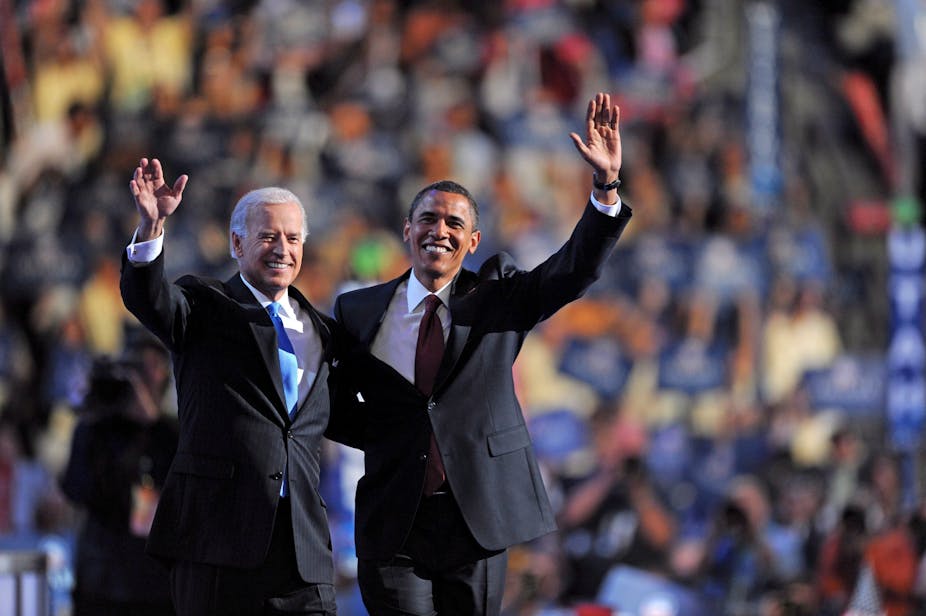Delegates and media are gathering this week in Tampa, Florida, for the Republican National Convention. With the threat of Hurricane Isaac forcing a one-day delay to the start of the convention, political observers wait with bated breath for presumptive Republican presidential nominee Mitt Romney to be given a chance to define and promote his candidacy and his message.
Even though conventions are now stage-managed and scripted down to the last minute, they still serve a purpose. They are an opportunity for the candidate, but that opportunity is also a test. A test that some presidential candidates can fail.
Since the beginning of the 1970s, when both the Democrats and the Republicans reformed their nomination rules, party supporters effectively choose the candidate by voting for delegates to the conventions and as such American major party conventions have long ceased to be the venue where presidential candidates are chosen. The delegates are then bound to one candidate or another in a series of primaries and caucuses spread out over the first six months of the election year.
The era of smoke-filled rooms, times when conventions used to be the place where aspirants to the party nomination met with state party leaders to impress, bargain and wheel-and-deal in order to secure the nomination, are long gone. Yet it wasn’t always thus that the decision on the presidential nominee is made long before the convention got underway.
In 1924, the Democrats went to 103 ballots at their Convention in New York before the presidential nomination was secured. In 1948, the Republican Convention had the choice between seven candidates for the nomination and it took three ballots before Thomas Dewey was anointed. In 1968, Hubert Humphrey secured the Democratic nomination without having won a single primary election.
The outcome of the primaries and caucuses had little direct effect on the convention then, where the delegates were more often than not just the puppets of the state party leaders and did their bidding. Generally, conventions were populated by unpledged delegates or delegates initially pledged to “favourite son” candidates: notable figures from their state who would yield up the state delegation’s vote in exchange for whatever deal had been done with one of the candidates.
The decision on who would be the party’s presidential nominee was nothing less than the outcome of a bargaining exercise at the convention, or what political scientists like to call an exercise in coalition-building. That gave conventions a meaning and purpose: it was the place where the key decision was made.
Conventions now are designed primarily to attract prime-time media attention for a few evenings during one week at the end of the American summer. In 1968, the free-to-air television networks devoted approximately 37 hours of live coverage to the national party conventions. In 2008, it was just four hours, and much of that was edited highlights rather than live coverage.

Conventions do ratify the party’s platform for the election, although party platforms rarely feature in US presidential election campaigns and are quickly replaced by the candidate’s platform. They serve to rally the party faithful before going forward to do battle with the opposing party’s candidate. To some extent, they do symbolise a degree of unity in what, up until then, may have been a fractious party suffering from the traumas of a series of long, drawn out divisive primaries.
Conventions may be just coronations, but they do give presidential candidates an opportunity to define themselves to an American electorate that is often less-engaged with the election campaign than we might think. For Mitt Romney, it’s the first major nation-wide appearance, and political observers eagerly await the answer as to whether or not Romney will reach out to the Republican Tea Party base, rather than continue appealing to more moderate voters.
The convention will generate an impression of the former Massachusetts governor, and it will begin to shape the election contest that has hitherto been a contest within parties rather than between them.

